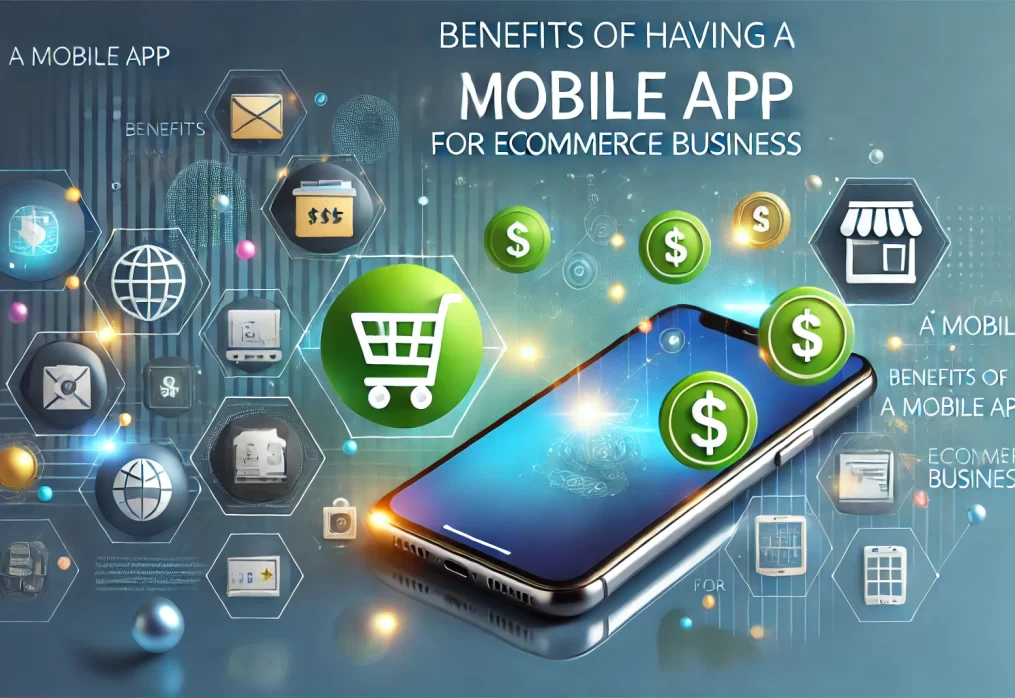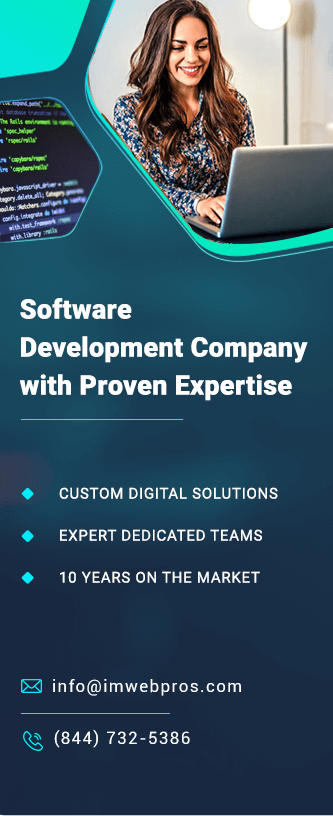Building Brand Awareness for Ecommerce Websites Through Strategic Content Marketing
In today’s highly competitive digital landscape, building brand awareness is crucial for the success of ecommerce websites. With countless online stores vying for consumer attention, having a strong brand presence can make the difference between a one-time purchase and a loyal customer base. One of the most effective ways to enhance your brand’s visibility is through strategic content marketing. This comprehensive guide will walk you through proven strategies for building brand awareness for your ecommerce website using content marketing techniques that engage, educate, and convert your target audience.
Why Brand Awareness Matters for Ecommerce Websites
Brand awareness is the extent to which consumers recognize and remember your brand. It’s a critical component of your marketing strategy because it directly impacts consumer trust and purchase decisions. When customers are familiar with your brand, they are more likely to choose your products over competitors. For ecommerce websites, brand awareness not only drives traffic but also fosters loyalty and boosts customer retention. Content marketing plays a key role in building brand awareness by providing valuable information, storytelling, and engaging content that resonates with your audience.
Understanding Strategic Content Marketing
Content marketing is the process of creating and distributing valuable, relevant content to attract and engage a target audience. It focuses on providing information and solutions that address the needs of potential customers, rather than directly promoting products. Strategic content marketing involves planning and executing content initiatives that align with your brand goals and audience preferences. By delivering high-quality content consistently, ecommerce websites can establish authority in their niche, build trust with consumers, and ultimately increase brand awareness.
1. Define Your Target Audience
Before you can build brand awareness, it’s essential to understand who you are trying to reach. Defining your target audience is the foundation of any successful content marketing strategy. Start by creating detailed buyer personas that include demographic information, interests, pain points, and shopping behavior. This will help you tailor your content to meet the specific needs of your potential customers.
For example, if your ecommerce website sells eco-friendly products, your target audience might be environmentally conscious consumers who value sustainability. Knowing this, you can create content that highlights the environmental benefits of your products, shares tips on living sustainably, and educates readers about green practices.
2. Develop a Content Strategy Aligned with Brand Goals
Your content strategy should be closely aligned with your brand’s goals and values. Start by identifying the key objectives of your content marketing efforts. Are you looking to increase website traffic, generate leads, or build trust with your audience? Once you have clear goals, you can develop a content plan that outlines the types of content you will create, the topics you will cover, and the channels you will use to distribute your content.
For ecommerce websites, content types may include blog posts, product guides, how-to articles, videos, infographics, and social media posts. Each piece of content should serve a specific purpose, whether it’s educating your audience, showcasing product benefits, or sharing customer stories. By focusing on high-quality, relevant content, you can position your brand as an industry leader and increase brand recognition.
3. Create High-Quality Blog Content
Blogging is one of the most effective ways to build brand awareness for ecommerce websites. By regularly publishing informative, well-written blog posts, you can drive organic traffic to your site, engage your audience, and showcase your expertise. Blog content should address common questions, offer solutions to problems, and provide valuable insights that align with your brand’s message.
For example, if you run an ecommerce store that sells fitness equipment, you can create blog posts that offer workout tips, highlight the benefits of your products, and share customer success stories. Optimizing your blog posts for search engines using targeted keywords can also help you rank higher in search results, increasing your visibility to potential customers.
4. Leverage Social Media to Amplify Your Content
Social media platforms are powerful tools for building brand awareness and engaging with your audience. By sharing your content on platforms like Instagram, Facebook, Twitter, and Pinterest, you can reach a wider audience and drive traffic back to your ecommerce website. It’s important to tailor your content to fit the style and preferences of each platform. For instance, Instagram is great for visual content and product showcases, while Twitter is ideal for sharing quick updates and engaging in conversations.
Encourage your followers to share your content by creating engaging posts, using eye-catching visuals, and including strong calls to action. Collaborating with influencers and industry partners can also help expand your reach and introduce your brand to new audiences. Consistent, strategic use of social media can significantly boost your brand’s visibility and awareness.
5. Utilize Video Marketing
Video content has become one of the most popular and effective ways to engage consumers and build brand awareness. Whether it’s product demonstrations, behind-the-scenes footage, customer testimonials, or educational videos, video content can convey your brand’s message in a compelling and memorable way.
For ecommerce websites, creating product videos that highlight key features and benefits can help potential customers make informed purchase decisions. Live videos and tutorials can also provide a more personal touch, allowing you to connect directly with your audience and showcase your brand’s personality. Platforms like YouTube, Instagram Stories, and TikTok offer excellent opportunities for sharing video content and reaching a larger audience.
6. Invest in Search Engine Optimization (SEO)
Search Engine Optimization (SEO) is a critical component of content marketing that helps increase the visibility of your ecommerce website in search engine results. By optimizing your content for relevant keywords, you can attract more organic traffic and boost brand awareness. Start by conducting keyword research to identify phrases that your target audience is searching for. Incorporate these keywords naturally into your blog posts, product descriptions, and website copy.
In addition to on-page SEO, focus on building backlinks and improving your site’s overall user experience. High-quality content that provides value to readers is more likely to be shared and linked to by other websites, increasing your domain authority and search rankings. With a strong SEO strategy, you can drive more traffic to your site and increase brand visibility.
Conclusion
Building brand awareness for ecommerce websites through strategic content marketing is a powerful way to stand out in a crowded market. By understanding your target audience, developing a strong content strategy, and leveraging multiple content channels, you can create a memorable brand presence that resonates with consumers. Whether it’s through informative blog posts, engaging social media content, or impactful videos, each piece of content plays a role in shaping your brand’s story and connecting with your audience. Start implementing these content marketing strategies today to boost your ecommerce brand awareness and drive long-term growth.




